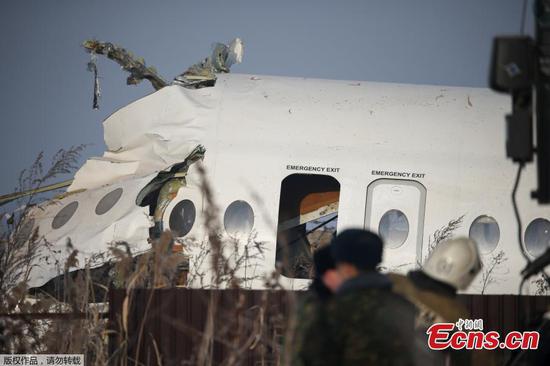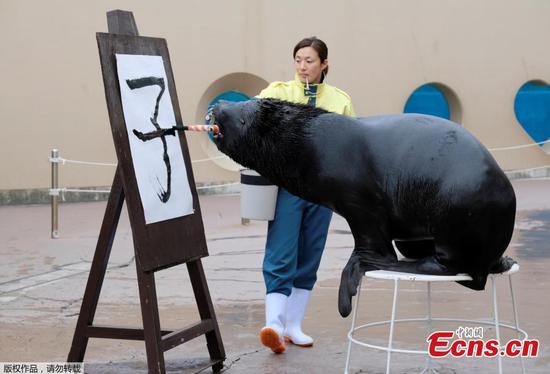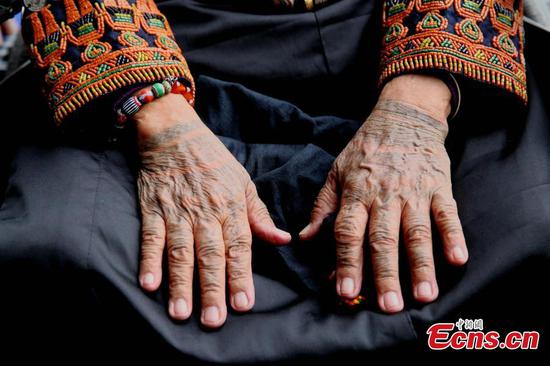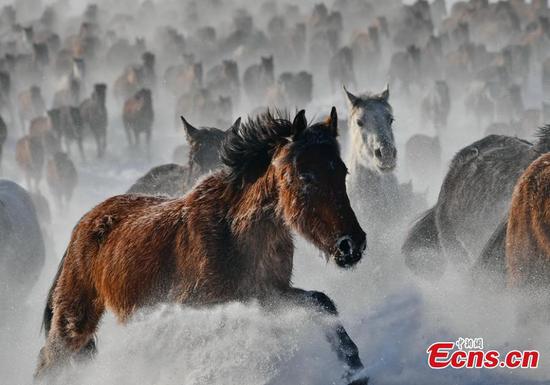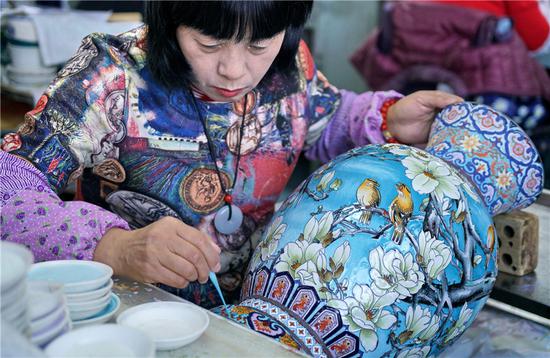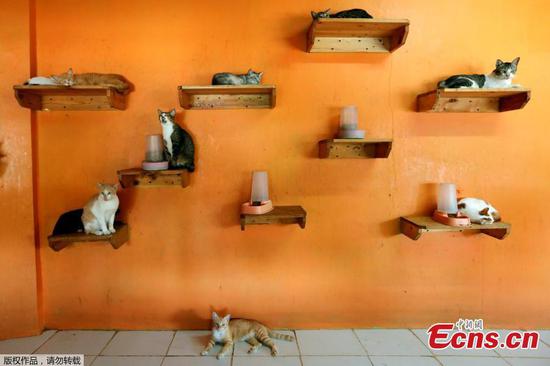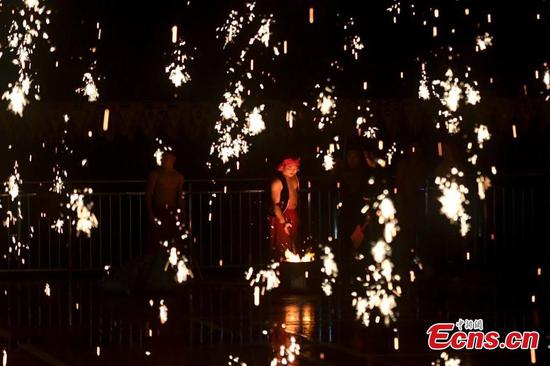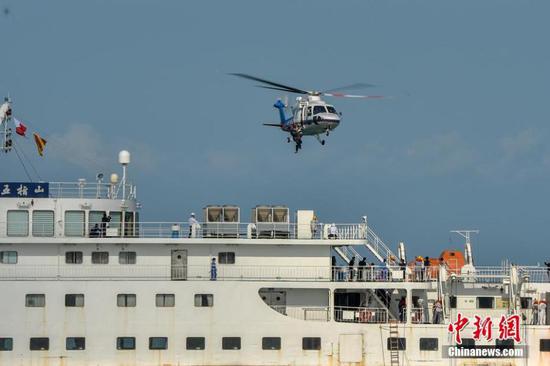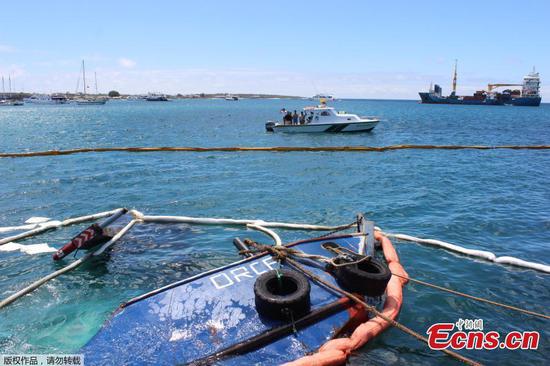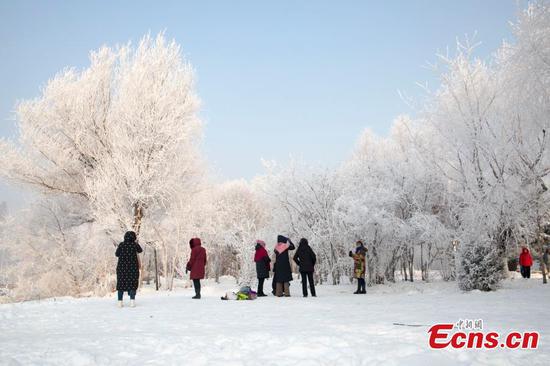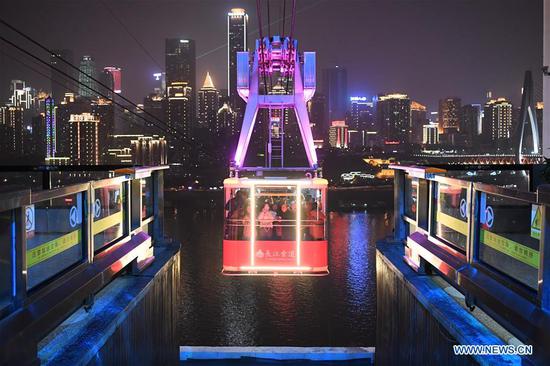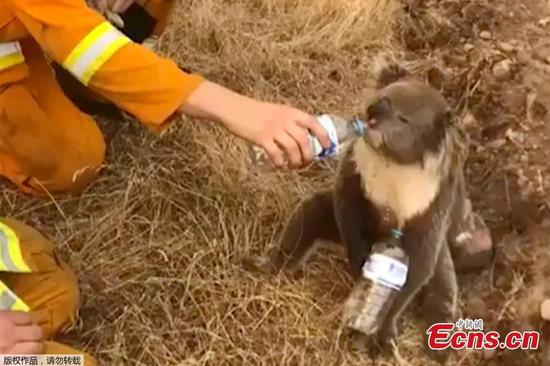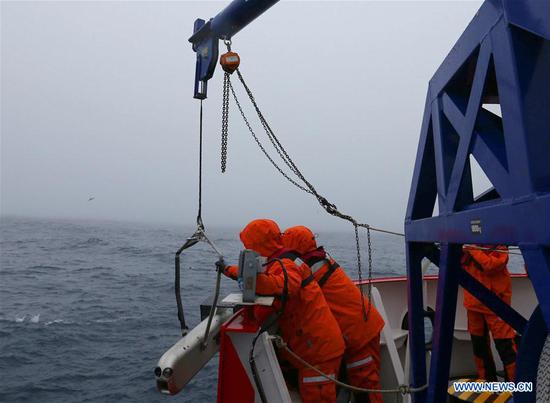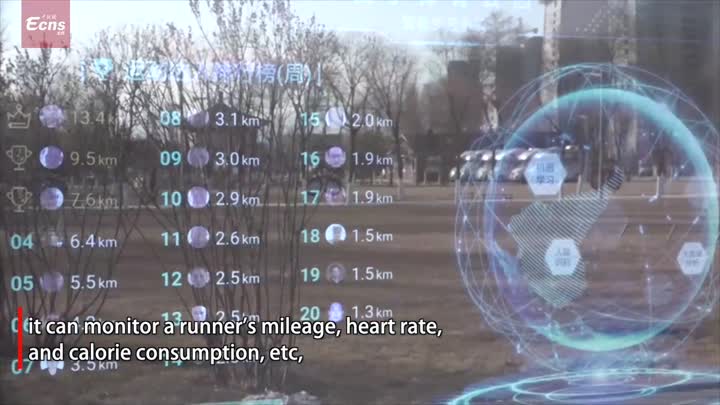
Passengers prepare to board the train K4051 to Nantong city in East China's Jiangsu province, at the Beijing Railway Station in Beijing, Jan. 21, 2019. (Photo/Xinhua)
Travelers will benefit from new services during this year's Spring Festival travel rush.
A waitlist function added to 12306, the country's official train ticket purchasing platform, allocates returned tickets to buyers on a waiting list when the tickets are cancelled or changed by other buyers.
With the waitlist function, a passenger can join the waiting line for a desired train ticket which is not available at the moment.
"We will expand the waitlist function service to all trains and optimize the operation process so that the ticketing experience can be enhanced," Li Wenxin, deputy general manager of China Railway Corporation, said.
In addition, the operation of some new transport facilities is expected to ease the traffic burden during the travel rush.
This year, Daxing International Airport was put into operation, the Beijing-Tianjin-Hebei comprehensive transportation system was further improved, and Chengdu-Guiyang Railway opened.
And by the end of the year, the toll stations at provincial boundaries of national expressways will be basically abolished, and use of electronic toll-collection devices will improve traffic efficiency at toll gates.
Moreover, e-tickets will be widely used in major high-speed railways and most intercity railways to increase efficiency.
In addition to these new changes, more than 220,000 volunteers are expected to provide guidance, emergency rescue and other services to passengers in the travel rush.
About 3 billion trips are expected to be made during the 2020 Spring Festival travel rush - the world's biggest annual human migration.
The 40-day travel rush, known as chunyun, will begin on Jan 10 and last until Feb 18.









